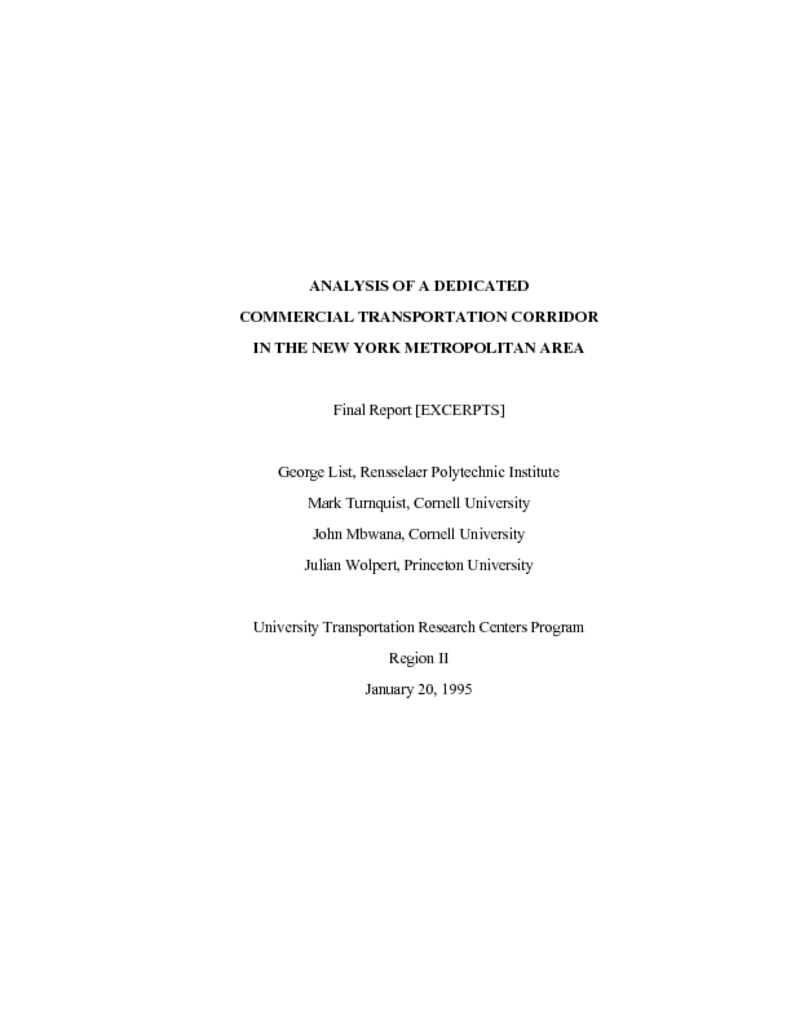As the world economy continues to grow, and the law of comparative economic
advantage takes on greater significance at both the national and regional level, the
importance of having efficient and effective freight transportation systems continues to
increase. Local economies are no longer immune, or insensitive to shifts in trading patterns
and alliances on the global level. A region that is strategically placed geographically, and
well-equipped from a freight transportation system standpoint, will profit significantly from
being able to deliver goods and services in a fast, efficient, and effective manner, anywhere
in the world, at any time, with the right combination of price and level of service.
Determining how to mold and shape such a transportation network is no small task.
It takes careful analysis of the multi-dimensional needs of the system's "customers," the
manner in which those needs are expected to change and grow in the future; a vision of how
those needs can be met, and a plan for turning that vision into reality. Moreover, the plan
must take into account the system's current status; the technological, operational, and
institutional options available for improvement; and a perceptive understanding of the
financial options available for raising the capital needed to make that vision a reality.




